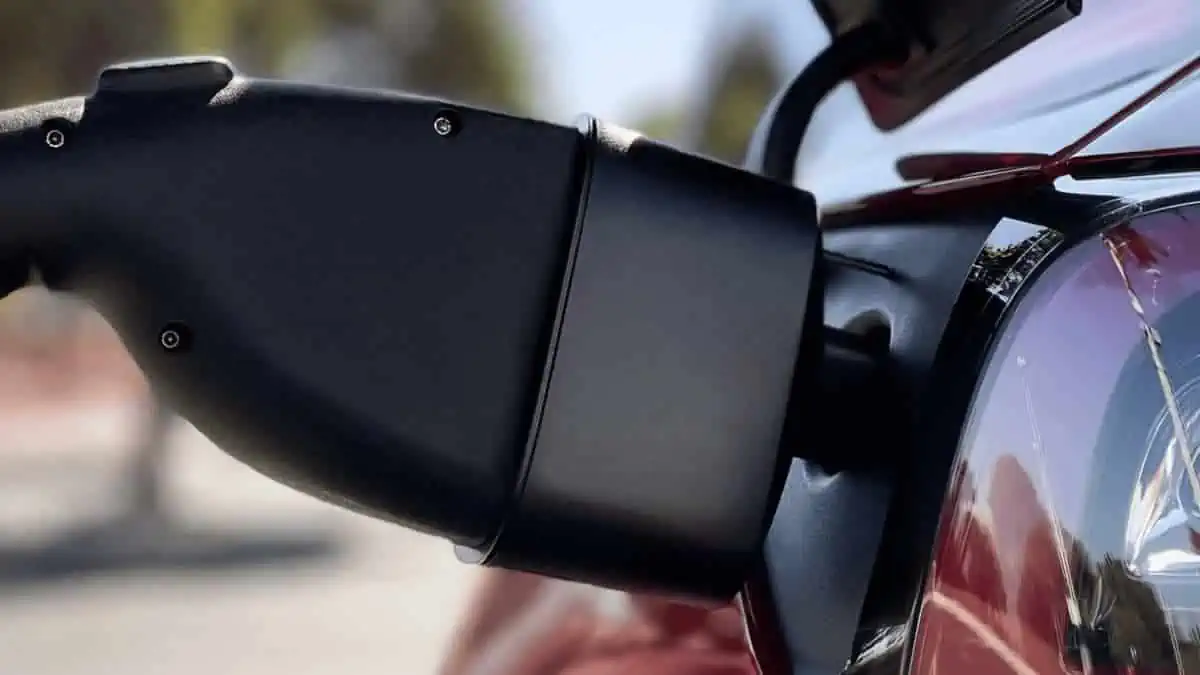Tesla has launched a unique marketing strategy as it expands its self-serve demo drives to destination charging locations across the US.
It demonstrates the electric vehicle giant’s dedication to attracting more customers to boost sales.
Self-serve demo program
TSLA investor/X user @SawyerMerritt shared Tesla’s email to Destination Charger property owners on the Musk-owned social media platform.
As you can see in the photo attached to the X post below, Tesla invites property owners to host self-serve demo drives at their Destination Charger sites.
“Get more out of your investment in Tesla Destination Charging; Attract new visitors, increase awareness about EV charging at your properties & create future customers out of new EV owners.”
Tesla
How does it work?
First of all, interested property owners with Destination Chargers must apply for the self-serve demo program. For context, Destination Chargers refer to Level 2 charging stalls that are usually available at hotel parking lots.
Tesla apparently plans to deliver up to 4 electric vehicle models for the self-serve demo program to property owners.
In addition, the Musk-led automaker will be responsible for the program’s schedule, management, and maintenance without charging the property owners.
This program will basically allow prospective customers to set an appointment and get a chance to demo drive a Tesla Model S, 3, X, or Y without a sales representative. Tesla will put a virtual key on the demo drivers’ mobile phones to keep the process monitored remotely.
Interestingly, Tesla noted that current locations with self-serve demo drives already have a weekly rate of more than 35 demo drives.
Benefits
Tesla’s move to offer demo drives in various Destination Charger locations across the US will significantly aid the company in attracting potential customers.
This program can show off the Tesla cars’ innovative design and strong performance to a new pool of customers, which may lead them to buy a unit.
In return, it can aim to improve the property’s offerings and attract new visitors. It can also boost people’s awareness about EV charging, aiding the US’ shift to electric mobility.






